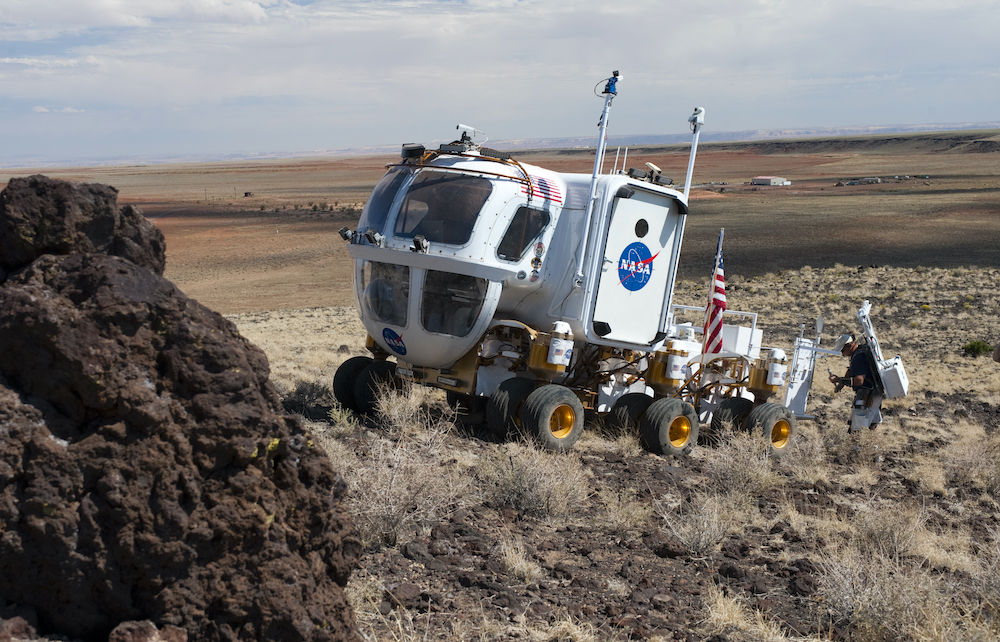NASA personnel and its Japanese counterpart, JAXA are currently working together in Arizona to test a rover, and other technologies that could one day lead them to the moon.
NASA’s Desert Research and Technology Studies (D-RATS) has been operating on an annual basis since the late 1990s, but the work is becoming increasingly important as the space agency is on the verge of launching a new era of lunar exploration through its Artemis program.

D-RATS currently includes NASA astronauts Jessica Meir, Stan Love, and their Japanese counterparts Aki Hoshide or Norishige Kanai.
“D-RATS will consist of three simulated missions, each lasting three days, and will be located at Black Point Lava Flow, 40 miles from Flagstaff, Arizona,” NASA Detailed explanationIn a blog post on its site. “This unique location will allow teams to emulate conditions astronauts will experience near the lunar South Pole during Artemis missions including challenging terrain, interesting geology, and minimal communications.
The astronauts’ “day in the life” desert missions will run through October 22 and include thorough testing of JAXA’s pressurized rover. The astronauts will live and work inside the vehicle for 72 hours at a time so that engineers can determine if it’s able to safely handle the demanding lunar conditions.
“Operated like a real mission, the Desert RATS crews will carefully rove the desert, exiting the vehicle in their mock spacesuits when they come across scientifically intriguing regions to explore,” NASA said. “At NASA’s Johnson Space Center in Houston, a Mission Control team will track crew movement and activities, help them stay on schedule, and troubleshoot for them if problems arise.”
These tests will enable engineers to develop, build, and maintain better equipment. They also establish the requirements for operations and procedures that are essential to crewed missions to the moon.
NASA’s Artemis program should get underway next month with the First launch of the next-generationSpace Launch System rocket. The Artemis I mission has already suffered several delays due to technical issues, but when it finally gets underway it’ll send an uncrewed Orion spacecraft on a fly-by of the moon as part of a test flight.
Artemis II, if successful, will send a crew to the same destination. Artemis III could be completed as soon as 2025. Artemis III will attempt to place the first woman and first person of color on the moon’s surface. NASA and its partners will then begin to build a permanent lunar base. This could be used as a steppingstone for the first crewed mission on Mars in the 2030s.
Editors’ Recommendations


